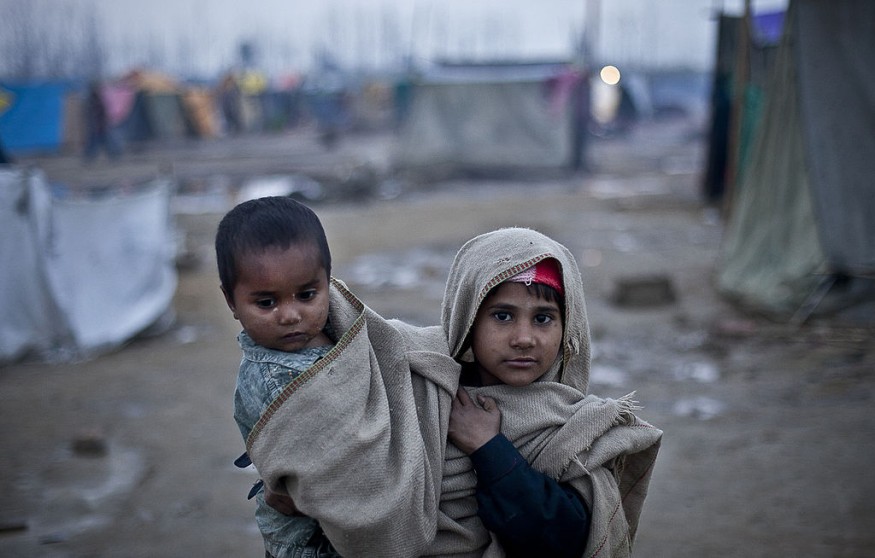
It has only been less than a week since India's western coast was hit by Cyclone Tauktae. But now, a storm warning has already been sent out to Kolkata, Odisha and other nearby regions as Cyclone Yaas is expected to make landfall within the day.
Evacuations are already ongoing for the most vulnerable areas and over 800 shelters have been built. Around 90 teams of the National Disaster Response Force have also been sent to assist the populace.
Meanwhile, Yaas has been speeding its way across the Bay of Bengal with wind speeds clocking around 120 kph. Heavy rainfall is also to be expected and may even spill over to some parts of western Bangladesh.
Cyclone Yaas intensifies (along with India's woes)
The storm warning comes just as the country continues to struggle under the weight of its own COVID-19 crisis. Over 300,000 deaths have been recorded with reports of crematoriums reaching maximum capacity while poorer families of COVID victims have resorted to sending the bodies off to the Ganges River.
Despite having a large vaccine manufacturing capacity, its rollouts have been hit by unprecedented shortages as well as dozens of complaints about the registration process. And in the places that are still recovering from Cyclone Tauktae, the entire healthcare system has ground to a halt as they storm damaged vital infrastructure. Tauktae had also crippled one of India's main financial hubs as well as oil fields vital to the government-owned Oil and Natural Gas Corporation (ONGC). The impact of this destruction could create further obstacles to relief and evacuation efforts in the face of Yaas.
Tropical cyclone history of India
India has faced a rate of about two to four major cyclone disasters every year. The Indian Meteorological Department (IMD) has been monitoring extensively for signs of low-pressure areas that could develop into cyclones as soon as they hit warmer waters in the Indian Ocean. To date, the country has experienced about 90 cyclones since the IMD began official record keeping.
However, the most recent storms have broken previous records in terms of intensity as well as casualties and property damage. With ocean temperatures continuing to rise, they have immensely contributed to the force of each cyclone. It has even brought attention to their link with the country's high carbon emissions.
This has certainly applied much pressure on the government to meet the climate action goals it set when India joined the Paris Agreement. Billions of rupees have been allocated to the restoration of forests and grasslands while its energy sector is making a rough switch to natural gas. Sadly, many of these efforts still come under constant criticism for being pushed through while the nation struggles with containing more COVID-19 outbreaks.
India's dire situation is bad news for its allies as well, as the country is part of the recently formed Quadrilateral Security Dialogue (QUAD). With the cyclones and the pandemic piling on its problems, its role as a stable power in the region could further jeopardize the current balance of international politics. It remains to be seen whether other countries may be stepping in more directly to help India back on its feet.
© 2025 NatureWorldNews.com All rights reserved. Do not reproduce without permission.





